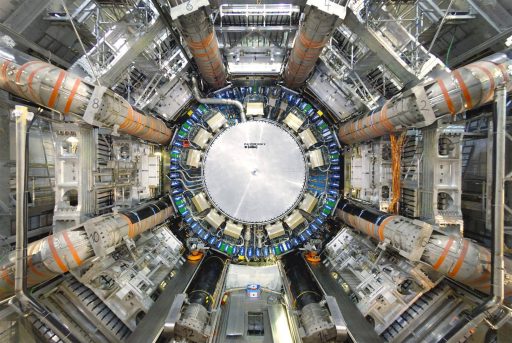Latin America gears up for high-energy physics
In just five years, a groundbreaking collaboration between universities in Latin America and Europe has established infrastructure enabling local physicists to contribute to some of the world’s most advanced scientific experiments.
In just five years, a groundbreaking collaboration between universities in Latin America and Europe has established infrastructure enabling local physicists to contribute to some of the world’s most advanced scientific experiments.

















